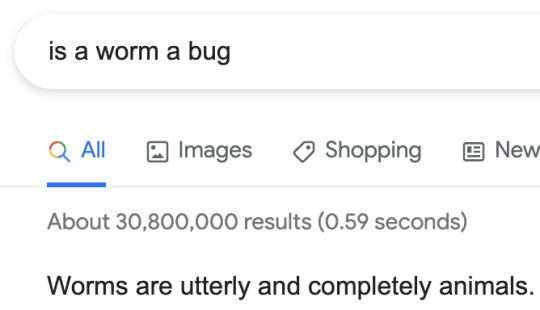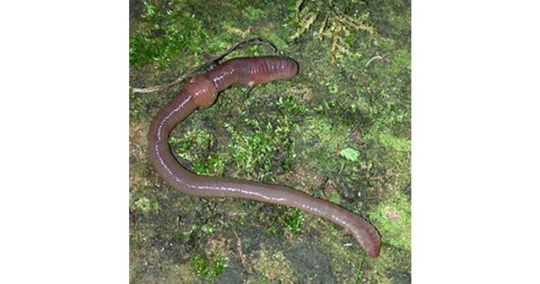#haplotaxida
Explore tagged Tumblr posts
Text

0 notes
Text

0 notes
Text

Earthworm.jpg
#wikimedia commons#2000s#2007#Unidentified Haplotaxida#Detritivores#Taken with Canon EOS 20D#Taken with Sigma 150mm F2.8 EX DG APO Macro HSM#License migration opt-out#GFDL-1.2#CC-BY-NC-3.0#Files with coordinates missing SDC location of creation#Media missing infobox template#Files with no machine-readable author#Files with no machine-readable source
1 note
·
View note
Photo

Giant earthworm (Rhinodrilus sp.)
Photo by Bigal River Conservation Project
#giant earthworm#earthworm#unidentifiable#rhinodrilus#glossoscolecidae#lumbricina#haplotaxida#oligochaeta#clitellata#annelida#lophotrochozoa
120 notes
·
View notes
Text

Transactions of the Zoological Society of London, Vol. XII, Part III, (1886)
#Wonder Rooms#Cabinet of Curiosities#Public Domain#Transactions of the Zoological Society of London#19th Century#Scientific Illustration#Zoology#Animalia#Invertebrates#Annelida#Clitellata#Haplotaxida#Microchaetidae#African Giant Earthworm
5 notes
·
View notes
Note
Did you ever find the worm that drew on your hand again?
I’d like to think that it’s still out there, working away in my garden. Maybe I have seen it, but not recognized it without its pencil. Or maybe it’s too smart to get caught again…

31 notes
·
View notes
Note
Favourite worm species?
i dont have any specific species in mind per se but im a fan of anything coming from orders tricladida (flatworms), polycladida (marine flatworms) and haplotaxida (earth worms, generally). - mod wiggles
9 notes
·
View notes
Text
✨Annelida Orders✨
(☟︎all direct tag links☟︎)
(☞︎☞︎☞︎ = Families)
annelida tag
Class Clitellata
Arhynchobdellida
☞︎☞︎☞︎ hirudinidae
Haplotaxida
☞︎☞︎☞︎ glossoscolecidae
Opisthopora
☞︎☞︎☞︎ megascolecidae
Class Polychaeta
Echiuroidea
☞︎☞︎☞︎ urechidae
Eunicida
☞︎☞︎☞︎ eunicidae
Orbiniida
☞︎☞︎☞︎ orbiniidae
Phyllodocida
☞︎☞︎☞︎ nereididae
Sabellida
☞︎☞︎☞︎ sabellidae
2 notes
·
View notes
Text
If anyone wants an actual answer, here's the family tree for worms, using Earthworms as an example since they're probably the ones most people are thinking about:
Animals Kingdom Animalia
Segmented Worms Phylum Annelida
Clitellates Class Clitellata
Earthworms and Allies Subclass Oligochaeta
Order Haplotaxida
Earthworms Family Lumbricidae
And then meanwhile, here's the family tree for insects:
Animals Kingdom Animalia
Arthropods Phylum Arthropoda
Hexapods Subphylum Hexapoda
Insects Class Insecta
So no, worms are not bugs, the last thing they have in common is that they are in the Kingdom Animalia, aka, they're animals.
There are three Kingdoms: Animalia, Plantae, and Fungi. Animals, plants, and mushrooms. Insects and worms are both animals, but besides that, they aren't related.

thank you. god bless you
73K notes
·
View notes
Photo

Earthworm
"The Earthworm" and "Nightcrawlers" redirect here. For other uses, see Earthworm (disambiguation) and Nightcrawlers (disambiguation). An earthworm is a tube-shaped, segmented worm found in the phylum Annelida. Earthworms are commonly found living in soil, feeding on live and dead organic matter. An earthworm's digestive system runs through the length of its body. It conducts respiration through its skin. It has a double transport system composed of coelomic fluid that moves within the fluid-filled coelom and a simple, closed blood circulatory system. It has a central and a peripheral nervous system. The central nervous system consists of two ganglia above the mouth, one on either side, connected to a nerve cord running back along its length to motor neurons and sensory cells in each segment. Large numbers of chemoreceptors are concentrated near its mouth. Circumferential and longitudinal muscles on the periphery of each segment enable the worm to move. Similar sets of muscles line the gut, and their actions move the digesting food toward the worm's anus. Earthworms are hermaphrodites—each individual carries both male and female sex organs. They lack either an internal skeleton or exoskeleton, but maintain their structure with fluid-filled coelom chambers that function as a hydrostatic skeleton. "Earthworm" is the common name for the largest members of Oligochaeta (which is either a class or a subclass depending on the author). In classical systems, they were placed in the order Opisthopora, on the basis of the male pores opening posterior to the female pores, though the internal male segments are anterior to the female. Theoretical cladistic studies have placed them, instead, in the suborder Lumbricina of the order Haplotaxida, but this may again soon change. Folk names for the earthworm include "dew-worm", "rainworm", "night crawler", and "angleworm" (due to its use as fishing bait). Larger terrestrial earthworms are also called megadriles (literally, "big worms"), as opposed to the microdriles ("small worms") in the semiaquatic families Tubificidae, Lumbricidae, and Enchytraeidae, among others. The megadriles are characterized by having a distinct clitellum (which is more extensive than that of microdriles) and a vascular system with true capillaries. Earthworms are far less abundant in disturbed environments and are typically active only if water is present. More details Android, Windows
1 note
·
View note
Photo

Самый большой червяк в мире (5 фото + 1 видео)
Отвратительные животные, которые могут быть как вредными, так и полезными. Речь идет о червяках. Многие, при виде этого ползучего содрогнутся и перекосятся, другие же наоборот, считают этих созданий милыми и даже не брезгуют взять в руки. Дождевые черви относятся к отряду Haplotaxida, подотряду малощетинковых.
0 notes
Photo

103 notes
·
View notes
Photo

60 notes
·
View notes
Photo

95 notes
·
View notes
Photo

387 notes
·
View notes
Photo

82 notes
·
View notes